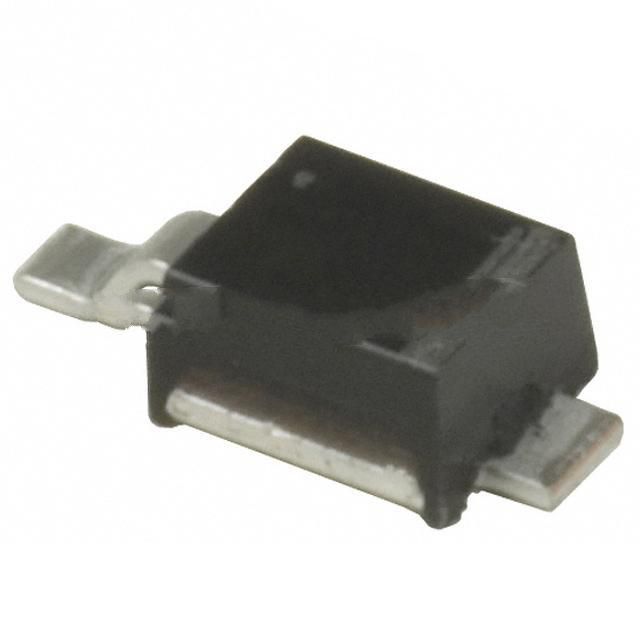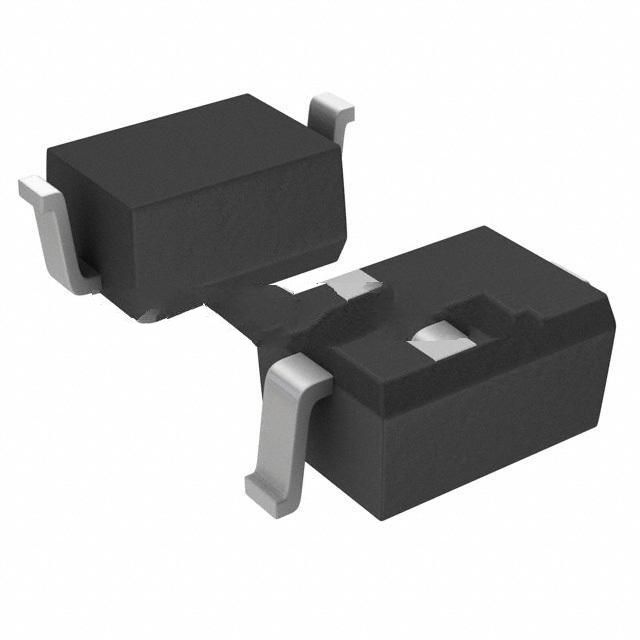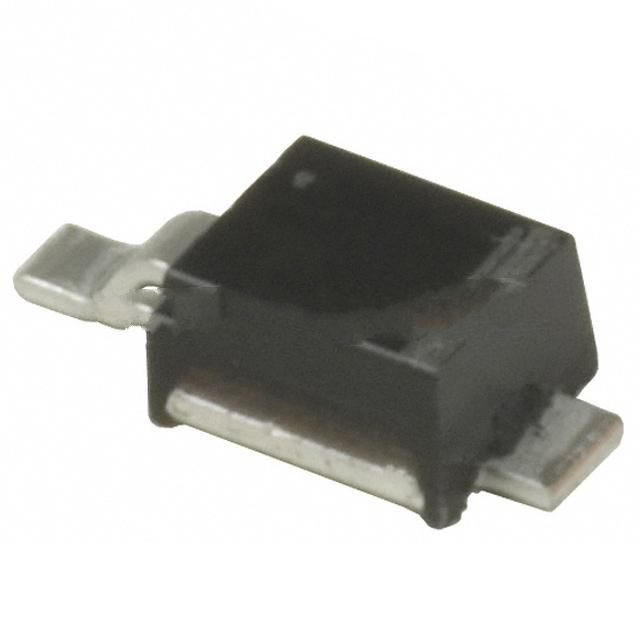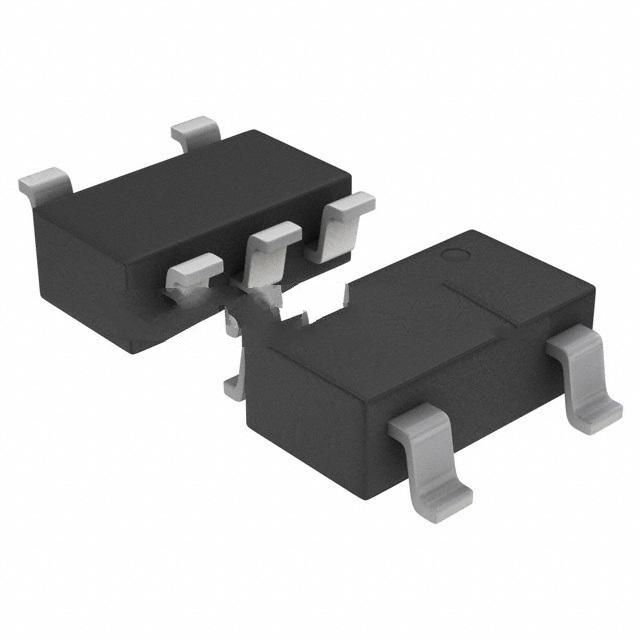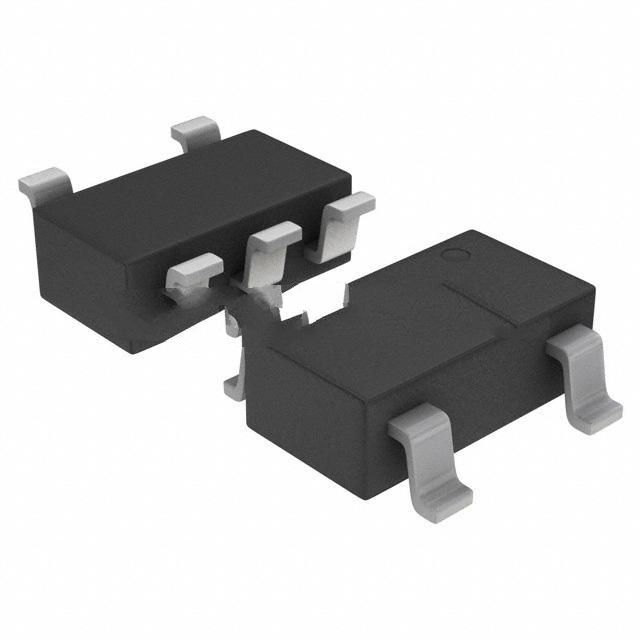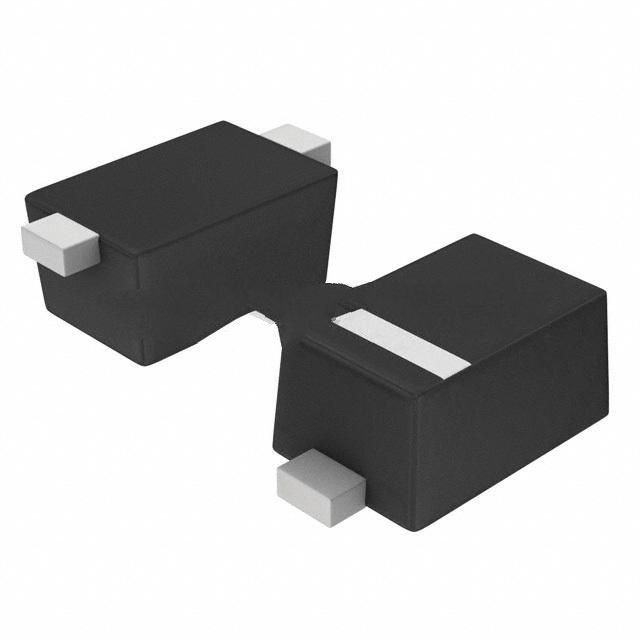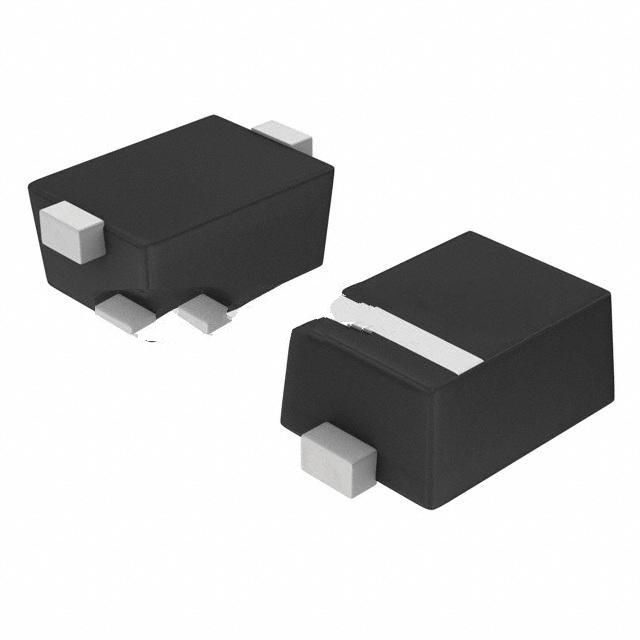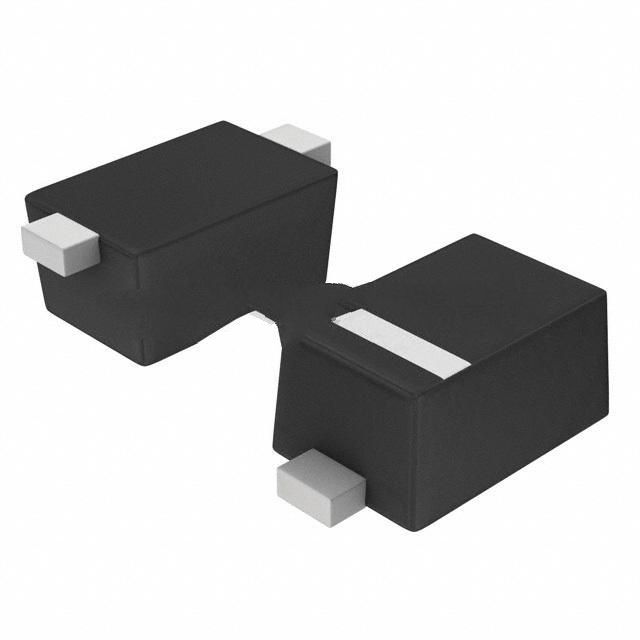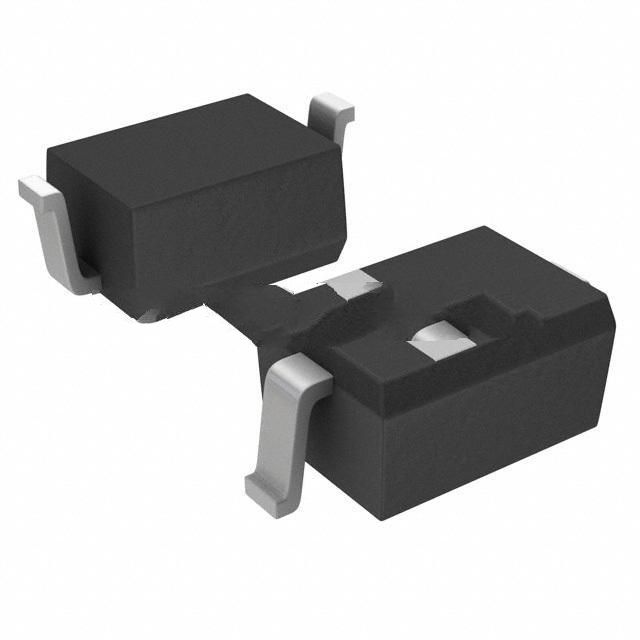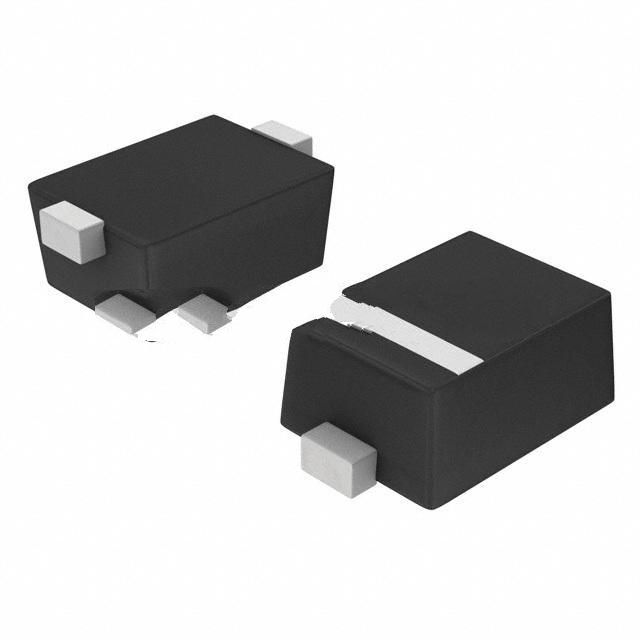Analysis of current semiconductor electronic components application field, supply and demand situation and development trend
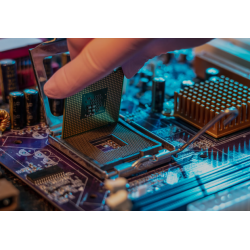
Analysis of current semiconductor electronic components application field, supply and demand situation and development trend
With the rapid development of technology, electronic components have become an indispensable part of our daily life. From smartphones to home appliances, from cars to satellites, they all rely on the support of electronic components. So, what are the current development trends in the application fields of electronic components?
Trend towards smaller, lighter and thinner
With the development of miniaturization and nanotechnology, electronic components are getting smaller, lighter and thinner. This not only provides more flexibility for product design, but also helps to improve the integration and performance of the device. For example, smartphones, wearable devices, and drones all benefit from miniaturized electronic components.
Low power consumption and high performance
In the field of Internet of Things (IoT) and wearable devices, the power consumption requirements of electronic components are very strict. Therefore, more and more attention has been paid to the design of low power consumption, and at the same time, the demand for high efficiency and high performance is also increasing.
The Rise of Flexible and Wearable Technology
With the development of flexible electronics, electronic components are no longer limited to hard surfaces. This opens up the possibility of developing various new types of flexible material-based devices, such as flexible screens, flexible batteries, and wearable electronics.
biocompatible and medical applications
Biocompatible electronic components offer the possibility for revolutionary innovations in the medical field, such as implantable medical devices, health monitoring and telemedicine. Such components are required to operate stably in biological environments and not produce harmful reactions.
AI and Edge Computing
As AI technology spreads, the demand for electronic components that can perform data processing and decision-making on the device side is also increasing. This so-called "edge computing" element can increase data processing speed and reduce latency, while reducing the cost and risk of data transmission.
Integrated Versatility
Future electronic components not only need to fulfill their main functional tasks, but also need to have other additional functions, such as sensing, communication or energy storage.
green and sustainable
With the growing concern for environmental protection, green and sustainable electronic components are becoming more and more popular. This means that the environmental impact of a component needs to be considered throughout its life cycle, including the stages of manufacture, use and disposal.
in conclusion:
At present, the application field of electronic components is undergoing unprecedented revolutionary changes. These changes not only affect the technological development of the electronics industry, but will further promote innovation in other fields, bringing more convenience and possibilities to human beings. For researchers, developers and manufacturers, keeping up with these development trends and continuing to innovate will be the unremitting goal.
A Review of the 2022 Semiconductor Market and a Look to 2023
Supply and Demand Situation and Trend Analysis of Electronic Components Market
With the rapid development of science and technology, electronic components are widely used in various fields. From automobiles, medical care, aviation to home furnishing, consumer electronics, and mobile communications, electronic components play an indispensable role. The following is an analysis of the supply and demand situation and trends of the current electronic components market.
current supply and demand
Supply side:
Capacity limitation: Affected by the global epidemic, many production lines will be hit in 2020 and 2021, resulting in a certain impact on production capacity.
Raw material shortages: Some key raw materials, such as rare earth elements and certain compounds, have supply chain issues that further limit the output of electronic components.
Demand side:
Continued Growth of Consumer Electronics: The continued growth of consumer electronics products such as smartphones, smart homes, and wearable devices has resulted in an increasing demand for electronic components.
Automobile electrification: With the rapid development of electric vehicles and autonomous driving technologies, the demand for electronic components in automobiles has risen sharply.
5G and IoT promotion: The widespread application of 5G communication and the Internet of Things has also promoted the huge demand for electronic components.
market trend
Miniaturization and high integration: In order to meet the needs of portability and high efficiency, electronic components are developing towards smaller and more integrated directions.
Green and sustainable: With the increasing awareness of environmental protection, green, low energy consumption, and recyclable electronic components will receive more attention.
Flexible and wearable: In the future, electronic components that can be bent and folded will be widely used in wearable devices and flexible screens.
Intelligence and autonomy: With the development of artificial intelligence and machine learning technology, electronic components must not only execute instructions, but also have certain intelligence and independent decision-making capabilities.
in conclusion
The electronic component market is currently showing a situation of short supply, but with technological progress and production capacity recovery, this contradiction is expected to gradually ease. For enterprises, innovation and R&D are the key, especially in the pursuit of green, intelligent and highly integrated trends. For consumers, it is foreseeable that electronic products will be more advanced, environmentally friendly, intelligent and more integrated.

